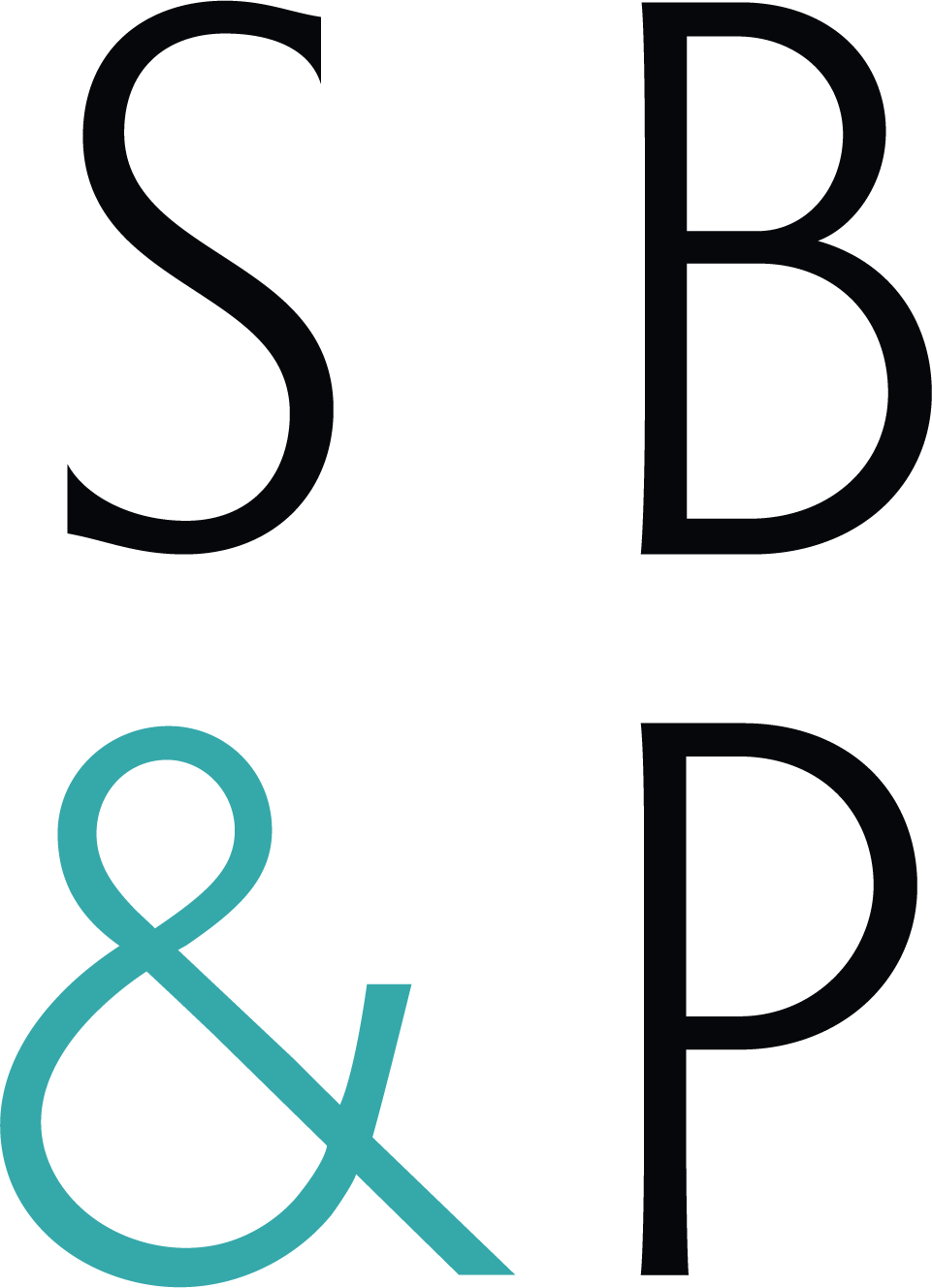The Coronavirus Job Retention Scheme is available to help employers cover wages of their employees who are not working (furloughed) because of the coronavirus.
The portal for claims is now open and can be accessed here.
If you are considering furloughing your employees, here we have outlined the key facts and advice.
Coronavirus Job Retention Scheme
Employees you can claim for
Furloughing an employee
Calculating Pay
Making a claim
Receiving the grant
Tax evasion
Scheme reminder: the scheme will be closed to new entrants on 30 June. Employees can come back to work on a part-time basis from 1 July.
Coronavirus Job Retention Scheme (CJRS)
The CJRS offers unlimited grants, covering 80% of an employee's salary, up to a total of £2,500 a month, plus the associated Employer National Insurance contributions and minimum automatic enrolment employer pension contributions on that wage.
The scheme has been extended and will now be open until the end of October 2020, starting from 1 March 2020. The government's latest update dictates that furloughed workers will continue to receive 80% of their usual salary throughout the extension. However, from August, furloughed employees will be able to return to work part-time and employers will be asked to pay for a percentage of the furlough pay. Read more here.
Employees you can claim for
Employees will need to have been on your company payroll scheme on or before 19 March 2020 and be designated as ‘furloughed’. When on furlough, an employee cannot undertake work for or on behalf of your business.
Key points to note:
- Employees can be furloughed multiple times, i.e. they can be furloughed, brought back to work, then re-furloughed.
- The scheme covers employees who were made redundant on or after 28 February 2020 so long as they are rehired and were on the payroll as of this date.
- Employees can start a new job when on furlough (subject to their employment contract).
- Employees can continue to train whilst furloughed.
- Employees can be on any contract.
- Employees on reduced hours or pay are not eligible for the scheme.
- Employees on furlough retain the right to statutory sick pay.
- Employees can take part in volunteer work, if it does not provide services to generate revenue for your business
Company Directors
Company directors are eligible and can still carry out necessary duties to fulfil their statutory obligations whilst furloughed. However, they must do no more than this and should not undertake any work or provide any services that they would ordinarily do in normal circumstances to generate revenue. Where company directors are furloughed, it must be noted in company records and communicated in writing to the directors concerned.
Furloughing an employee
Employees must be notified of their furlough status in writing and a record kept for five years. Previously the guidance only required notification, but this has been revised to include written agreement. Make sure you have obtained this, we recommend you include:
- the date furlough starts
- how much the person will be paid
- when it will be reviewed
- how to keep in contact during furlough
Please note, equality and discrimination laws will still apply.
Calculating pay
Calculate how much you can claim using HMRC's calculator.
Full or part time employees
Claim for 80% of the employee’s salary, as of 19 March 2020, before tax and up to a maximum of £2,500 per month. (If, you have calculated your claim based on the employee’s salary as at 28 February 2020 (because of previous guidance), you can use this calculation for your first claim).
Varying pay
If an employee's pay varies and they have been employed for 12 months or more, you can claim the highest of either the same month's earning as the previous year or the average monthly earnings from the 2019/20 tax year. For those employed for less than a year, you can claim for 80% of their average monthly earnings since they started work. If the employee only started in February 2020, use a pro-rata for their earnings so far.
Past Overtime, Fees, Commission, Bonuses and non-cash payments
You can claim for any regular payments you are obliged to pay your employees. However, discretionary bonuses are excluded (including tips) and commission payments and non-cash payments should be excluded.
Benefits in Kind and Salary Sacrifice Schemes
You should not claim for non-monetary benefits provided to employees, including taxable Benefits in Kind.
Employer National Insurance and Pension Contributions
You still need to pay employer NI and pension contributions on behalf of your furloughed employees but can claim these back. If you are topping up your employee’s pay, you cannot claim back the additional NI and pension contributions.
Holiday Pay
The treatment of holiday pay, especially regarding bank holidays, is of particular interest and has led to a number of client queries.
Employees can take holiday whilst on furlough. Where this is the case the employee’s normal rate of pay applies. Therefore, if a furloughed employee takes holiday, the employer should pay their usual holiday pay in accordance with the Working Time Regulations. This means employers are obliged to pay additional amounts over the grant, though will have the flexibility to restrict when leave can be taken if there is a business need.
However, if an employee usually works bank holidays then the employer can agree that this is included in the grant payment. If the employee usually takes the bank holiday as leave then the employer must top up their holiday pay, or give the employee a day of holiday in lieu.
Making a claim
Make your claim via the HMRC portal here.
You can make the claim yourself even if you usually use an agent. Or, HMRC has confirmed that where agent authority is in place with HMRC for PAYE matters, agents will be able to make the claim on behalf of their clients. If agents or payroll bureaus are ‘file only agents’ i.e. file payroll with no HMRC authority, they will not be able to make the claim.
To claim, you must calculate how much of your employee’s salary you wish to claim and the amount of Employer NICs and pension contributions you are entitled to.
To make a claim, you will need:
- a Government Gateway (GG) ID and password
- be enrolled for PAYE online
- have the following information available for each employee you are claiming for:
- Name
- National Insurance number
- Claim period and claim amount
- PAYE/employee number (optional)
- If you have fewer than 100 furloughed staff, you will need to input information directly into the system for each employee. For those with more than 100 furloughed staff, you can upload a file for each employee.
You should make your claim using the amounts in your payroll - either shortly before or during running payroll.
If appropriate, worker’s wages should be reduced to 80% of their salary within your payroll before they are paid. This adjustment will not be made by HMRC.
Please note, HMRC will have the right to audit all aspects of the claim, which means it is essential the above is done correctly.
Minimum furlough periods
Any employees placed on furlough must be furloughed for a minimum period of three consecutive weeks.
Receiving the grant
The grant is a reimbursement to the employer. The employer must make the wage/salary payment to the furloughed worker and then be reimbursed by HMRC via BACs payment. HMRC has confirmed that claims will be paid within six working days.
We must stress that the Coronavirus Job Retention Scheme is separate from the payroll process. Payroll must still be operated in the normal way and PAYE and NI accounted for as usual.
Tax evasion
HMRC is concerned that the scheme will be targeted by criminals. Therefore, they have implemented four protections to reduce abuse of the scheme.
- the scheme only applies to employees who were on the payroll at 19 March 2020;
- the employer must use authentication credentials when claiming through the portal;
- a whistleblowing hotline has been established where abuse of the furlough scheme can be reported; and
- HMRC can retrospectively audit the claims made.
Where abuse of the furlough scheme is detected, payments will be disallowed.
HMRC has deemed it tax evasion and not avoidance for anyone misusing the scheme and will therefore take a hard line with anyone abusing the system.
You must ensure that any employees you furlough do not undertake any work for the company. Also, businesses should not be extending the period they are claiming for back to 1 March if work has been completed by the employee in that time.
To find out more about how to claim visit the government website, or contact your relationship partner.









